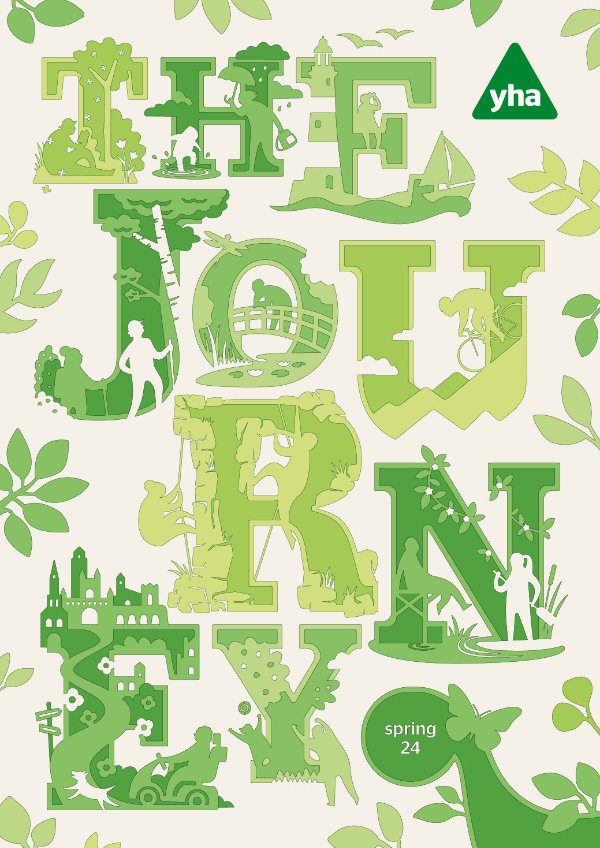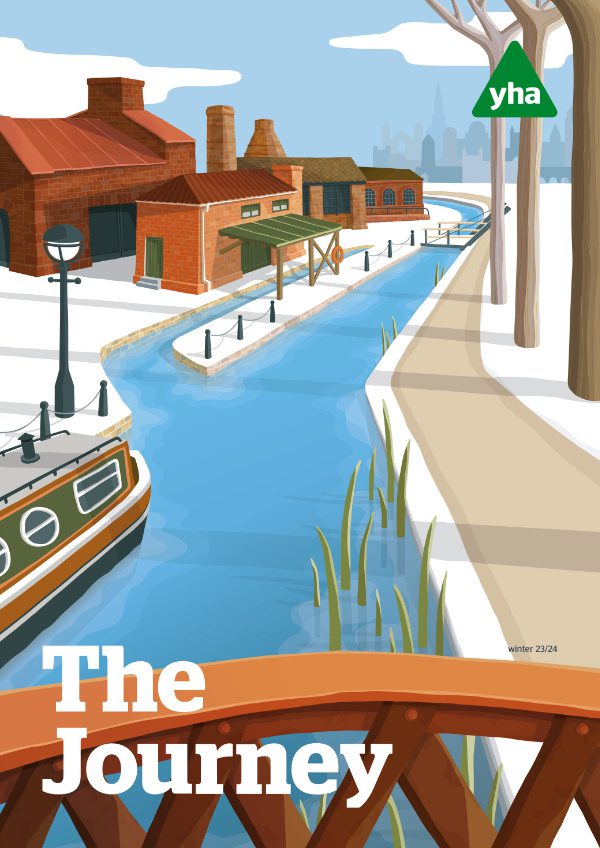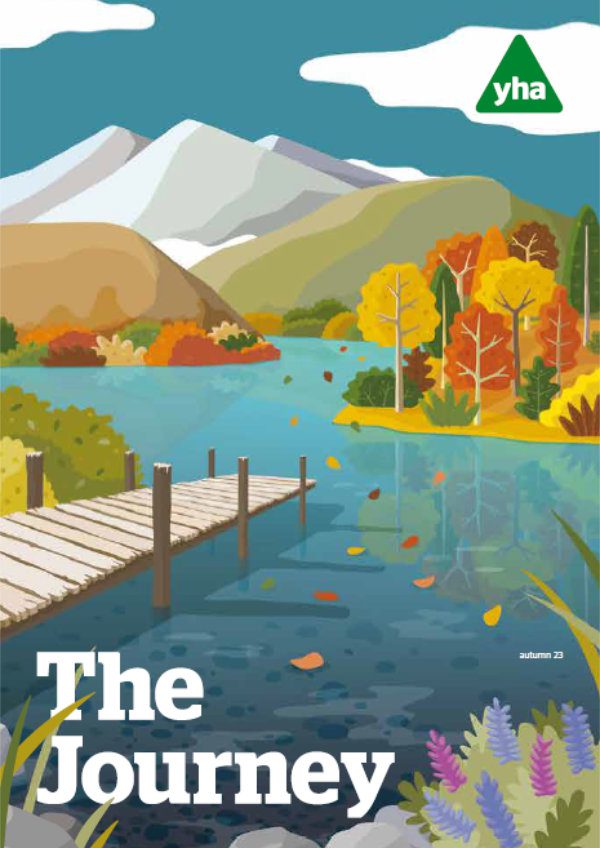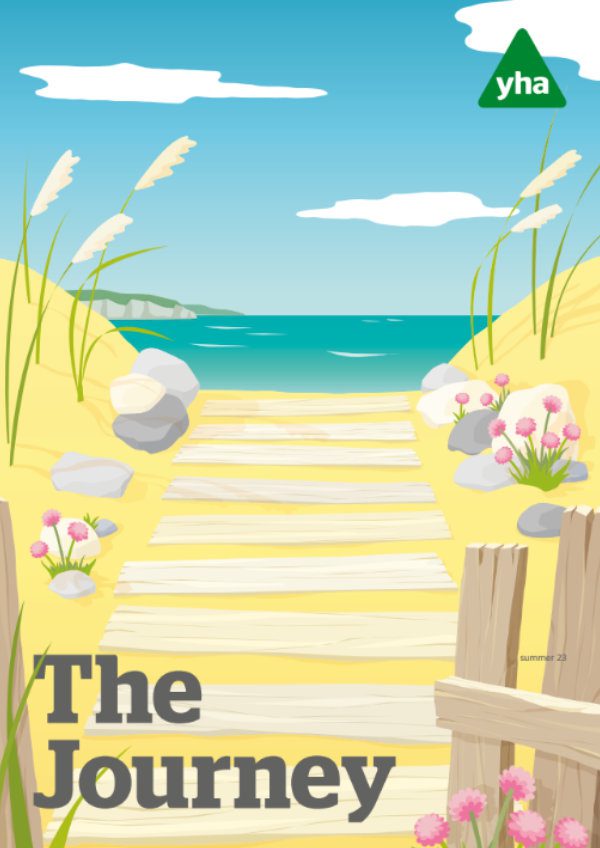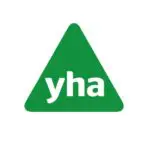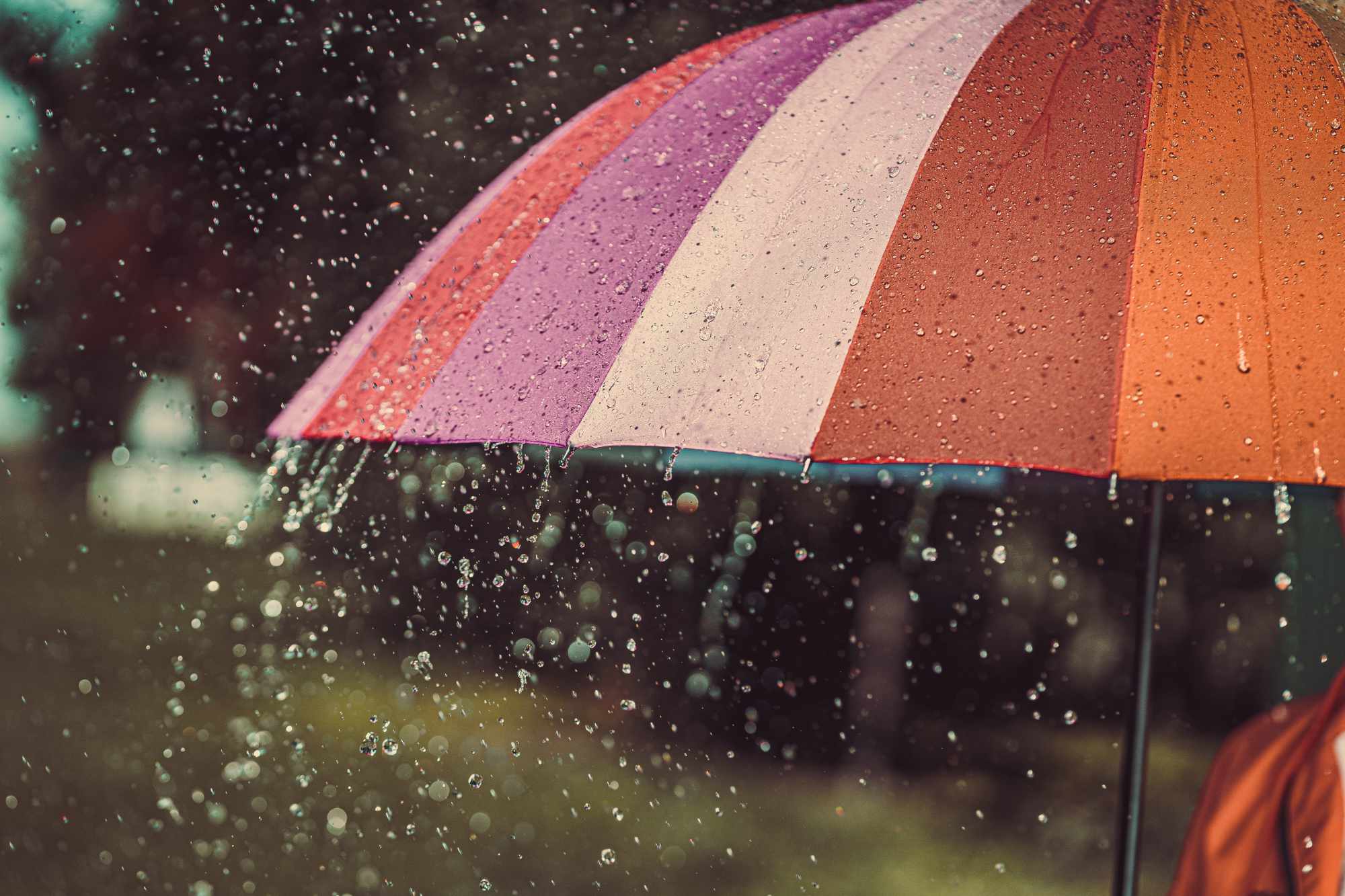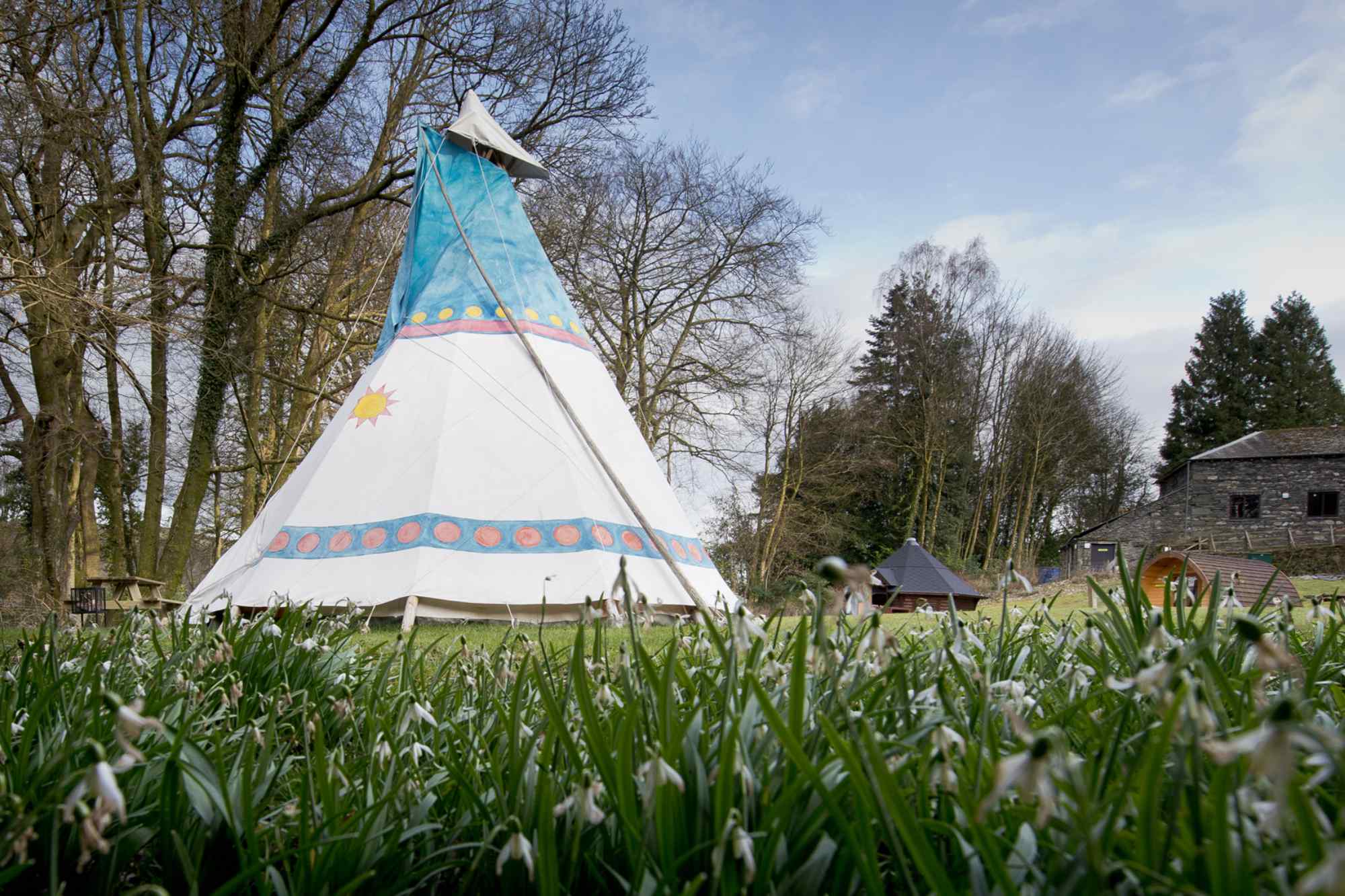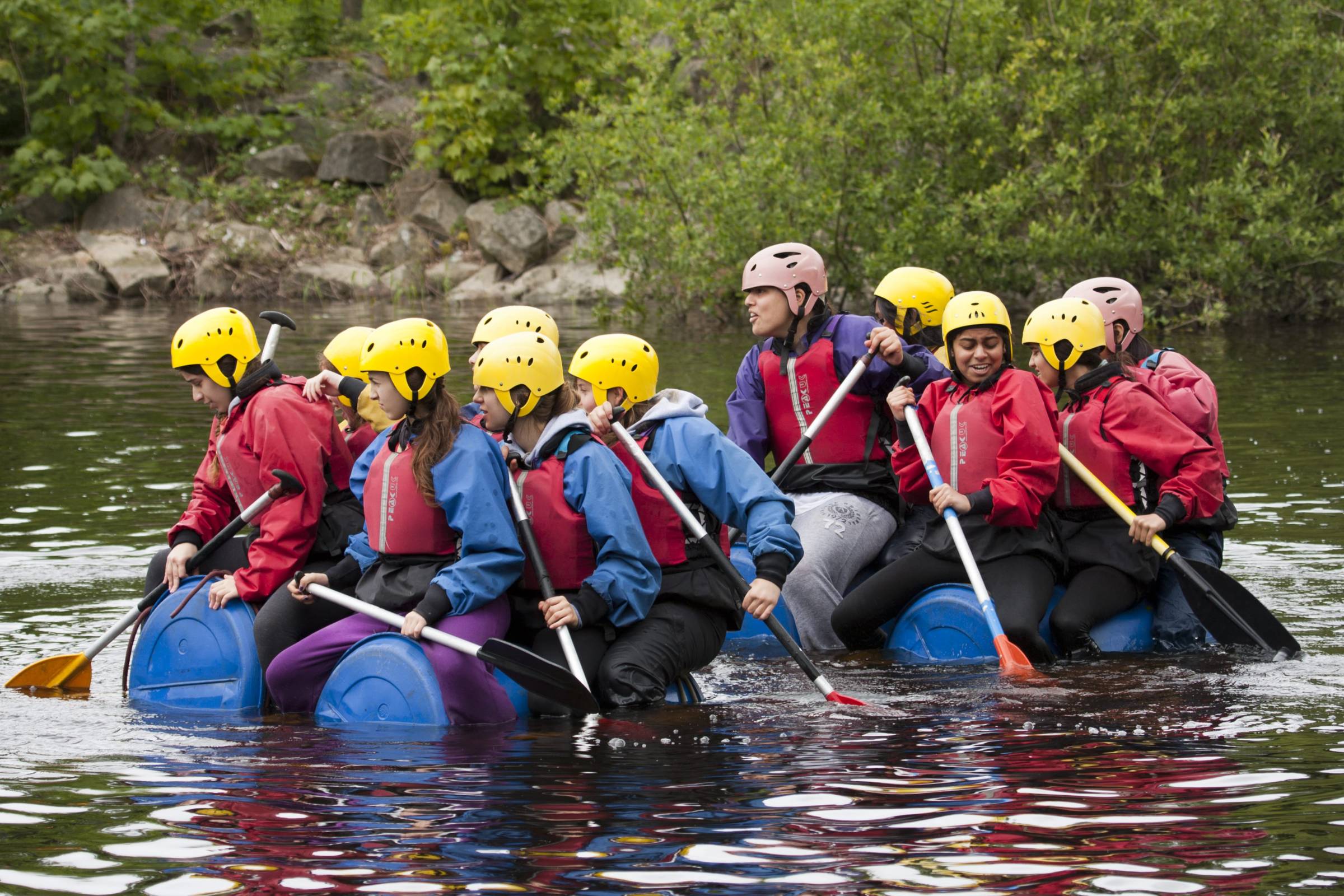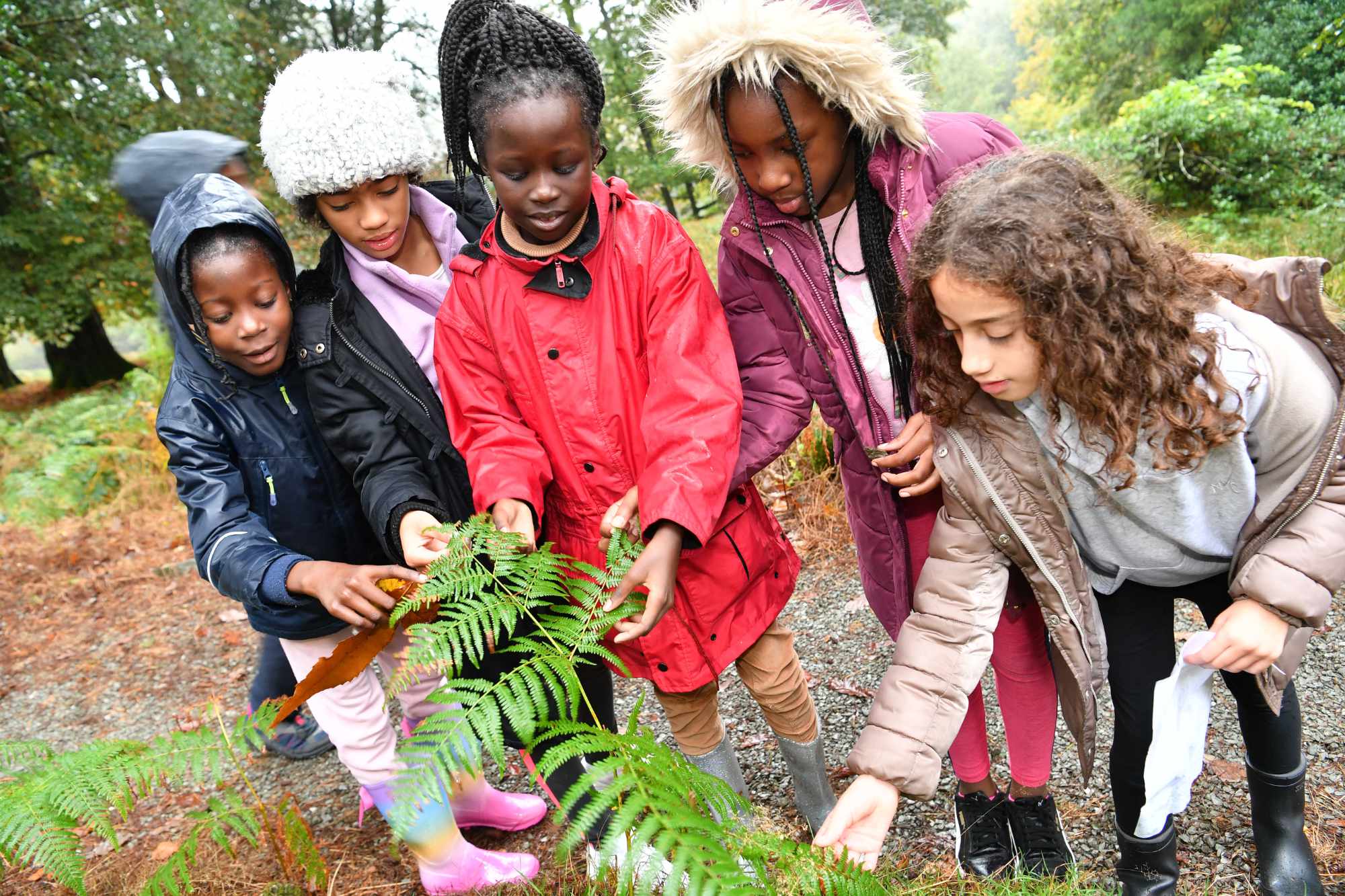Home schooling is hard. Super hard. Even harder than before. Darkness doesn’t help. But also, we seemed to have fewer expectations last time – now government ‘expects’ three to four hours of home schooling a day.
There’s been an increase in the number of great digital resources, but multiple websites can be overwhelming and not everyone can spare laptops for child use. And parent groups swing between images of parents with amazing set-ups, asking for more work for their child, and those weeping into the Weetabix at the thought of trying another day (and indeed those regularly swinging between both these extremes).
Your key partner in your child’s learning is their school. Schools are doing an amazing job managing two cohorts – those in school and your children at home. They are doing so with no additional resources and often with concerns for their own health and the health of sometimes vulnerable family members. This is harder than ever for them too.
So, with a shout out to all those who are teaching the next generation – at home and in the classroom – here, as a mother of two primary school-aged children, a teacher and someone with a full-time role, are my tips for home schooling and lockdown learning. As with all tips choose what works for you and lose what doesn’t. And do share your own home schooling tips – we are better together.
1. For many the first concern isn’t home schooling, it’s childcare. For those working or with other responsibilities, who will actually look after your children is a real concern. First port of call is your employer – asking to be furloughed in part or whole is an option for some. Employers can also provide emergency leave or parental leave – this may be paid or unpaid. Working Families have good advice on your options and rights. It may also be that you can arrange a childcare bubble. All of these options can affect the family income. For advice on benefits and additional support contact Citizens Advice or Turn2Us.
2. Remember, when it comes to teaching primary children, teachers have training for years to teach the simples things – don’t expect to replicate this! You are not a teacher. It does help though to know some of the things that teachers use to introduce core ideas. This from Jules Daulby, for example, is great on teaching spelling #SpellingwithJules 1 – ‘C’ – Bing video and this from EEF on tips for home learning. And BBC have a range of easy access learning including this on Welsh Language.
3. Much is being made of ‘online learning’. This can mean anything from live lessons from your teacher; through recorded lessons (for example Oak Academy – funded by Department for Education and free to schools and parents) or sites with activities such as BBC Bitesize. Digital is great but even in home with multiple devices and Wi-Fi, juggling the online requirements of multiple family members can be challenging.
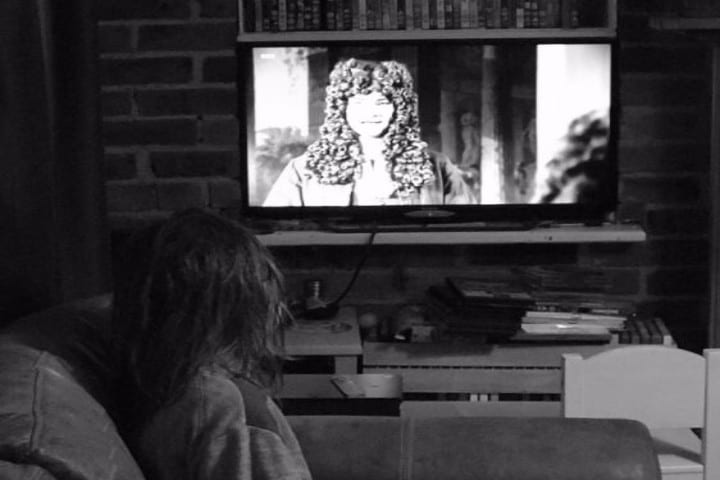
- If you need access to laptops and/or data for connectivity, contact your school who may be able to provide directly or signpost you to local help.
- Some PlayStations and other gaming devices can be used to access Google Classroom.
- Where connectivity during the working day is hard, consider what you can download during non-work hours to reduce pressure.
- Ask school for printed versions of online resources if this is easier.
- Some education sites can now be accessed on mobile networks without data charges.
4. But while online is helpful, learning is more than a screen. Indeed, we need to be as cautious of screen time as we ever have been. Ensure children are getting up and moving away. Have at least one 10-minute break from the screen every hour (more for younger children). And combine online learning with other approaches. Most schools are providing pens, exercise books and reading books. Others, textbooks and worksheets. But also turn the everyday into learning. What 10 things might you teach your child during lockdown. Whether making a dinner for the whole family, how to wire a plug (make sure you know how to do this safely first), how to vacuum (a favourite with me), teaching your favourite hobby – knitting, painting, singing, gardening, thimble collecting (yes, it is a thing); learning is more than that which is set by school or that ‘ticks a box’.
5. Get outside. Exercise has to stay local. And not everyone has a garden. But getting outside is an important part of every school day and it should be no different at home. Don’t use all the daylight hours for inside learning. Check out the Ordnance Survey #GetOutside hub for inspiration on walking routes that start on your doorstep. Whether cloud watching or stargazing; a daily mile walk or run; a bug hunt or a bird spot; being outside improves well-being and is a key site for learning.
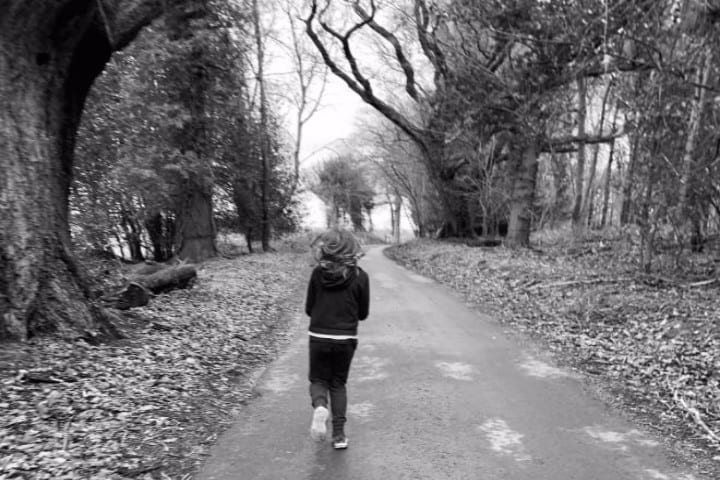
6. Pack it away. A top tip for homeworking too. Few us can have dedicated room for home learning. So, create a home working/learning box and pack it away at the end of every day. Even if you love learning or working it is important when we are living/learning/working at home that we have separate spaces and times – that our days and weekends feel different, that we are not constantly on. And this last point is key. We need to time to process and practice what we learn. Time out and even boredom is really important for this. Children need periods where they aren’t being ‘fed’ new information. They need time to reflect. And just ‘to be’. It is fine for them to be doing ‘nothing’.
7. Remember you are not alone. We are a home schooling community together. Be aware that perfect picture on social media is often selected from 500 not so perfect moments of chaos! There will be downs and ups. Talk to others and share your real experiences – not the sugar-coated ones!
Most of all know that this will pass. We are doing this to save lives. Much is made of the risk to children and teachers in schools. And this is an important consideration. But we also know the more households mix in schools the higher the rate of infection in the community. The higher the rate in the community the more people in hospital. The more people in hospital the more people will die. Not just from COVID-19 but from all the things that hospitals cannot then treat.
Our work on home schooling is for our children, our families, our communities. It will be pass. It is hard. But it is an act of community care in practice.
If you’re looking for inspiration, try our free children’s activity pack.
